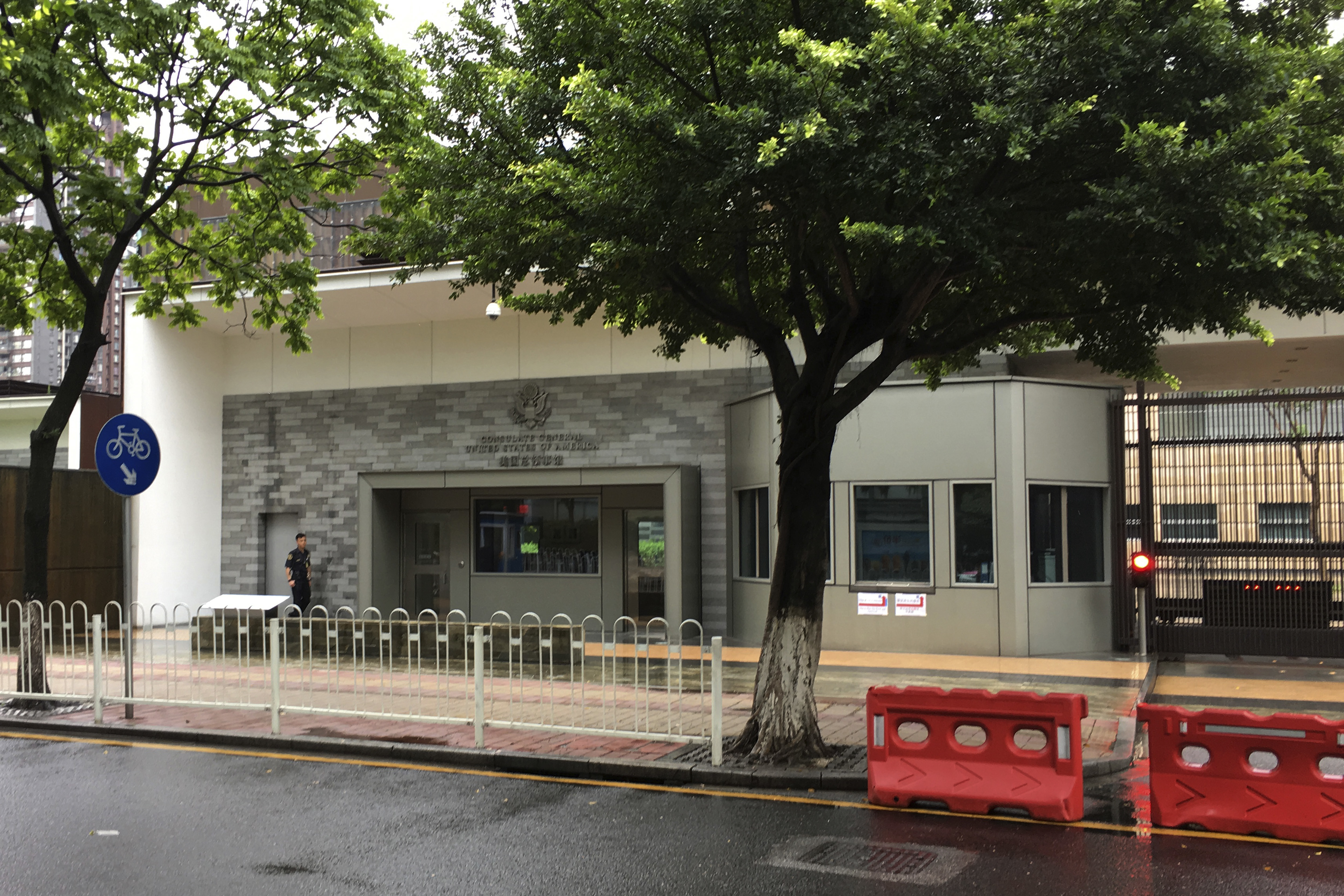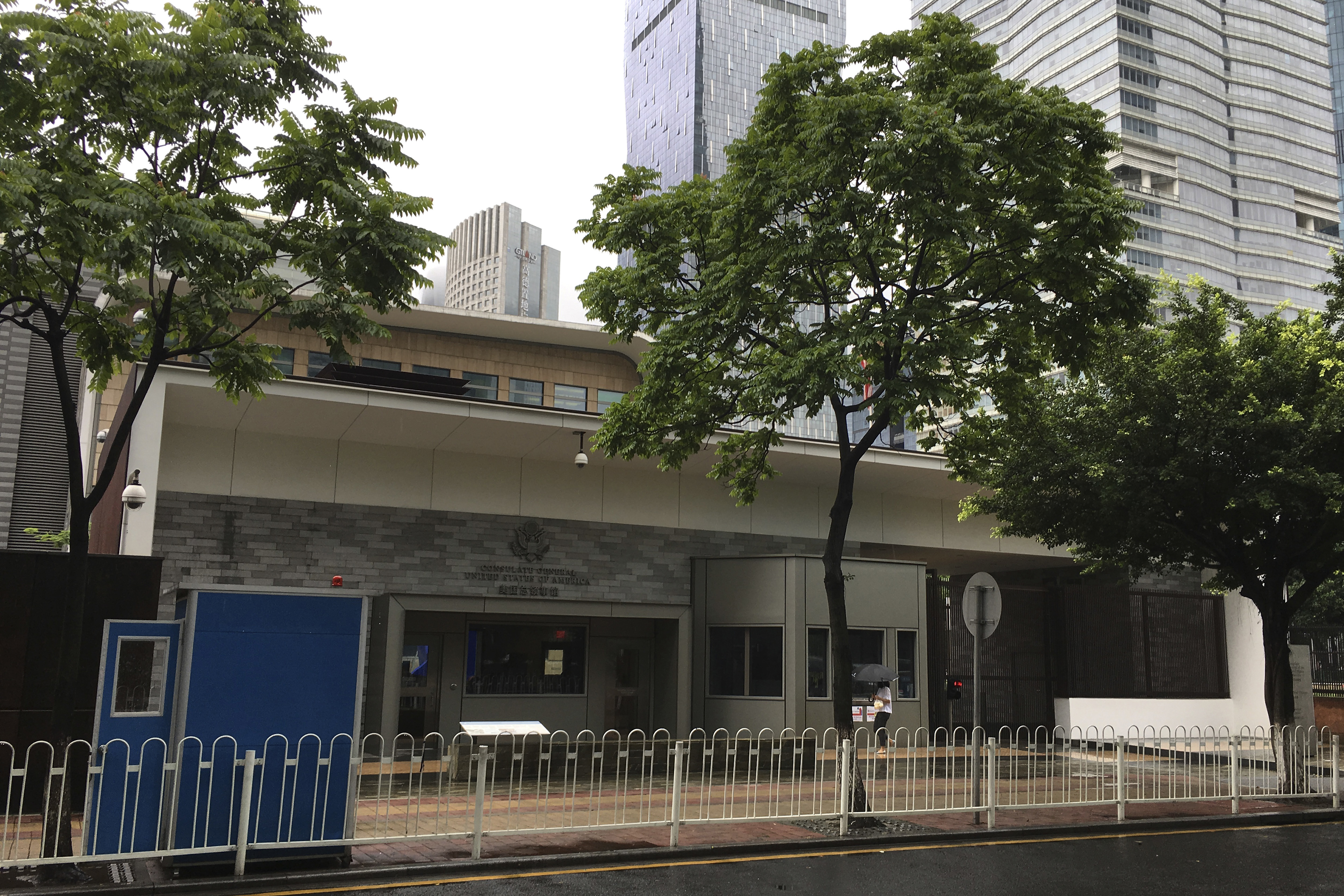
The US state department has confirmed evacuating a number of government staff working in a Chinese city who experienced unexplained health issues like those suffered by US personnel in Cuba.
The evacuation of the workers in Guangzhou followed medical testing that revealed they might have been affected.
State department spokeswoman Heather Nauert said “a number of individuals” have been brought to the US but did not say how many were affected or evacuated.
One case in Guangzhou had been disclosed last month.
She said tests are being offered to “any personnel who have noted concerning symptoms or wanted baseline screening”.
Security guards outside the consulate in southern China checked reporters’ IDs on Thursday and told them to leave the area and not attempt to talk to consulate staff.

Asked about the latest incidents, Chinese foreign ministry spokeswoman Hua Chunying said the US had not formally raised the matter with Beijing.
“If the US makes formal contact with us, China will continue necessary investigations in an earnest and responsible manner and maintain close communication and co-operation with the US,” Ms Hua said.
China had earlier said it had no information about the cause of the symptoms.
The New York Times identified the latest American employee evacuated as Mark A Lenzi, a security engineering officer who left on Wednesday night with his wife and two children.
Mr Lenzi told the Times he resided in the same apartment tower as the officer evacuated in April and suffered in recent months from what he called “neurological symptoms”.
Mr Lenzi’s apartment was in one of several high-rise buildings in The Canton Place featuring restaurants and galleries spaced around a central plaza.
Another diplomat who reported symptoms was at a different upscale building near the consulate.
A US official said the evacuated Americans are being taken to the University of Pennsylvania for testing.
That is where doctors have been treating and studying patients evacuated from the US embassy in Havana.
The China incidents have raised fears the unexplained issues that started in Cuba in 2016 have expanded.
The US government has deemed those incidents “specific attacks” on American workers but has not publicly identified a cause or culprit.
Most of the incidents were accompanied by bizarre, unexplained sounds that initially led US investigators to suspect a sonic attack.

The preliminary findings of the medical reports on the 24 US embassy personnel affected in Cuba showed they had sensory and memory problems similar to the brain dysfunction seen with concussions.
The University of Pennsylvania team said the patients experienced persistent disability, though rehabilitation therapy customised for them seemed to help.
In April, Canada also ordered families of diplomatic staff in Cuba to return home after mysterious health symptoms were detected in 10 Canadians stationed on the island.
Canada said the 10 continued to show unexplained brain symptoms and that “medical information raised concerns for a new type of a possible acquired brain injury”.
Symptoms included dizziness, headaches and an inability to concentrate.
The American government worker who was removed from China earlier reported “subtle and vague, but abnormal, sensations of sound and pressure”.
In evidence before the Senate foreign relations committee last month, US secretary of state Mike Pompeo said China had “said all the right things and have demonstrated their willingness to help us identify the vector which led to this medical incident”.
The China incidents affect one of the most important of the seven US diplomatic outposts in the country.
The Guangzhou consulate opened months after the establishment of diplomatic relations between Beijing and Washington in 1979 and moved to its new purpose-built facility in 2013.
It serves four southern provinces with a combined population of more than 204 million and processes more than one million visa applications of all types annually.
It is also the only US diplomatic installation in China authorised to process immigrant visas and handle adoptions.


Comments: Our rules
We want our comments to be a lively and valuable part of our community - a place where readers can debate and engage with the most important local issues. The ability to comment on our stories is a privilege, not a right, however, and that privilege may be withdrawn if it is abused or misused.
Please report any comments that break our rules.
Read the rules here